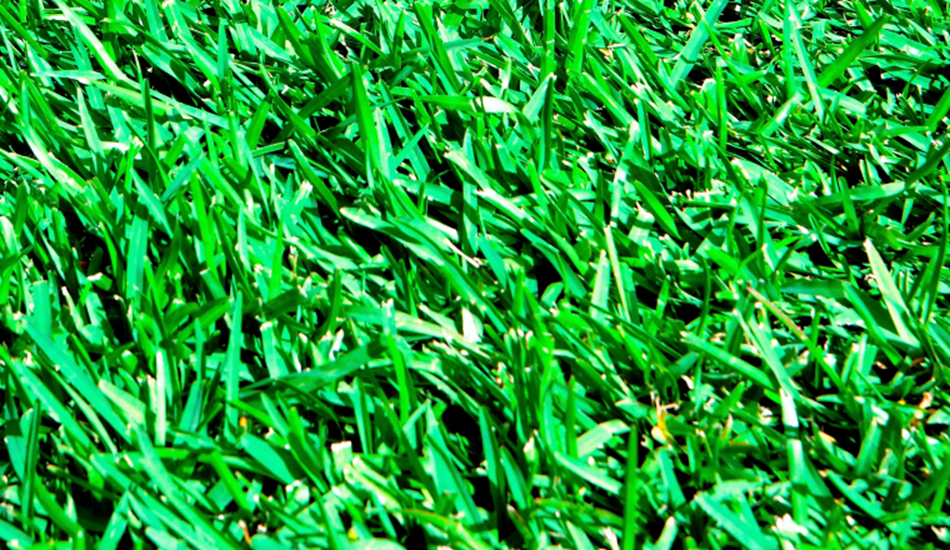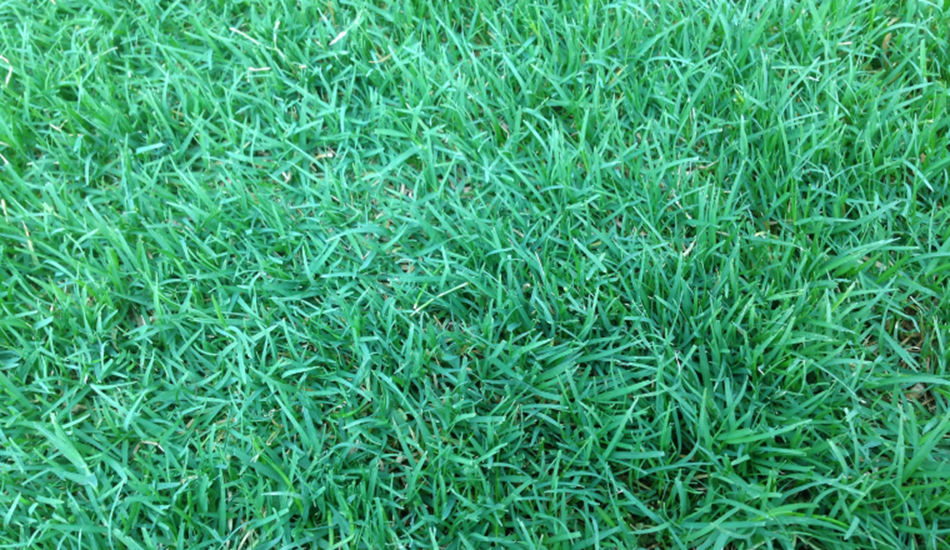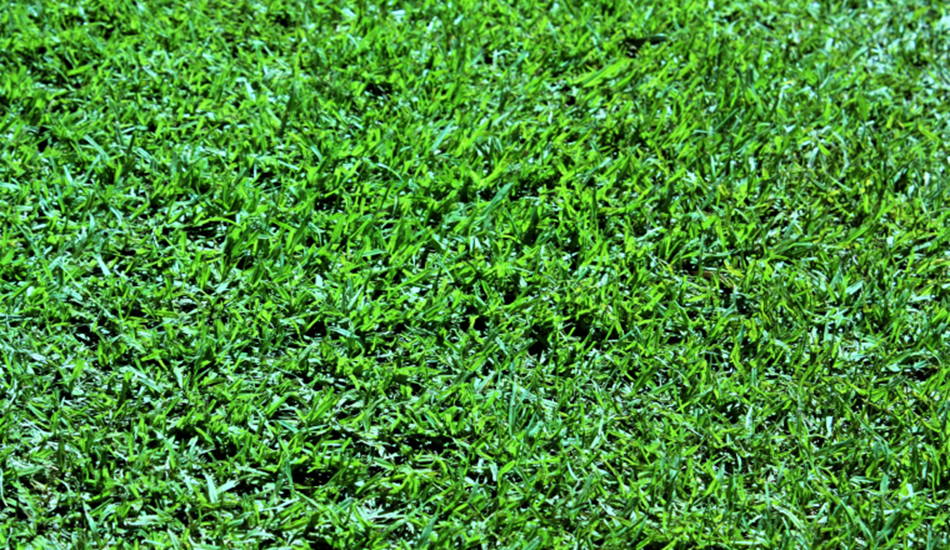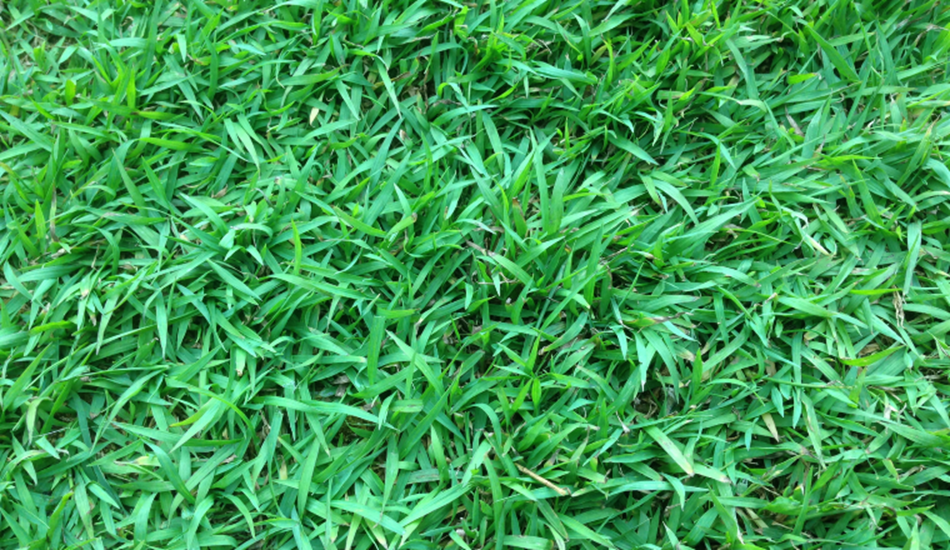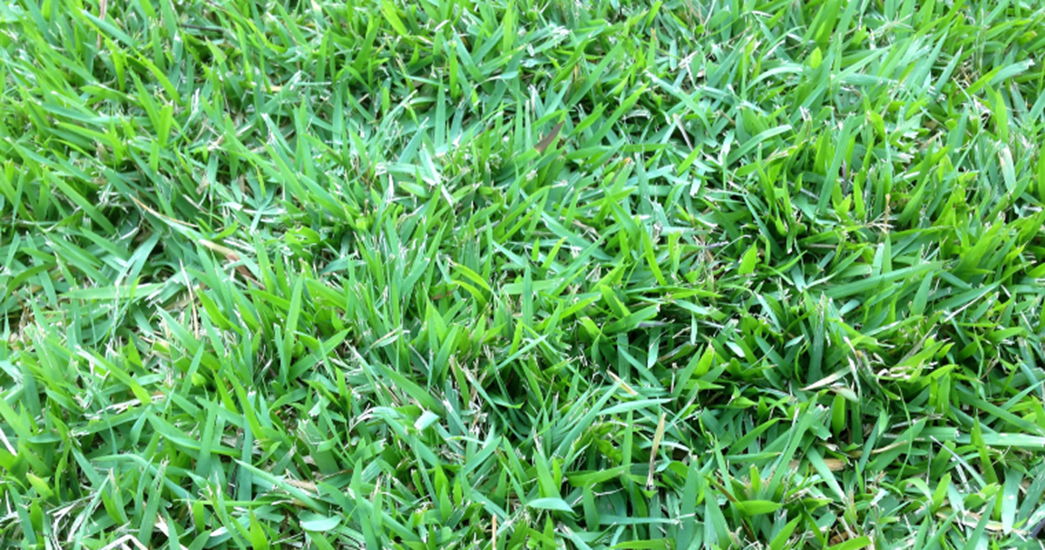In this article
- How to prepare your soil before installing new lawn
- Different types of lawn varieties
- How to lay your turf
Planning to install new lawn on your property? Before laying down turf, follow these helpful tips to reduce the amount of water your lawn needs. This will save you essential time and money each year.
It all starts with good preparation
Preparation is the key to establishing a strong and healthy foundation for your lawn. Always prepare and amend the soil before planting, to ensure a healthy base for growth and keep it water efficient.
7 steps for successful turf planting
The best time of the year to lay lawn is in late autumn and early spring. The ground temperature is still warm but cooler nights create more moisture in the air.
Follow these 7 simple steps to get your lawn off to the best start. If you need help choosing the right lawn, take a look at our lawn recommendations further below.
1. Prepare your lawn area
The first step is to clear your site by removing weeds, grass, rocks, sticks and tree roots. Level the area with the back of a rake or levelling board to create a smooth and consistent surface approximately 30-50mm below the level of paths and driveways.
2. Understand your soil
WA soils can be very sandy. Lawn failures are often caused by poor soil conditions under the roots. Once you’ve cleared the area, there are three simple options for soil improvement depending on the sand covering the area:
- For grey sands, remove the top 100–150mm and replace with a quality 70% red or yellow sand and 30% organic blend.
- If already on yellow sands in new development areas, simply incorporate organics (such as animal manures, and biowaste products) through the top 100–150mm of the sand.
- For the Swan Coastal plain in an older area, cultivate the soil by incorporating a loam soil mixture, which is made up of organic matter, sand, silt and clay. Work this into a depth of at least 100–150mm and up to 300mm.
3. Test your soil
The pH level affects how easily minerals and nutrients can be absorbed into the soil. These minerals and nutrients support plant growth, so a pH test is essential prior to laying your lawn. The ideal soil pH for most grasses is fairly neutral at 6 - 7.5 pH.
You can correct your pH for acidic soils by applying dolomite, which contains magnesium, an essential mineral deficient in WA soils. If your soil is too alkaline, you can correct this by applying plain elemental sulphur.
4. Choose a quality irrigation system
Install the most appropriate irrigation design to ensure efficiency. It’s important your watering efforts are reaching the right part of your lawn. A waterwise irrigation specialist can provide expert advice and help with design and install a system for you.
5. Lay your grass
Roll out your turf along the longest straight edge, for example a driveway, butting the edges tightly together without stretching the turf or overlapping. Stagger the joints like brickwork and use a sharp knife to cut the turf where required.
If you’re installing turf on a sloped surface, place the turf along the slope, not down the slope and peg or stake the turf where required to keep it in place.
Once laid, use a roller to encourage soil to turf contact, apply a slow release fertiliser and water thoroughly. Reapply a light feed of organic fertiliser 14 days after installation.
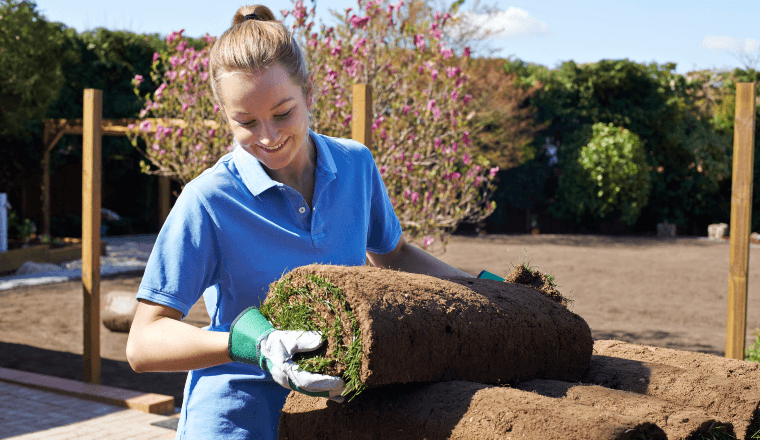
6. Watering
Your turf will start to have shallow roots in about two weeks, so it’s important your grass is watered three times a day for the first week, with a gradual reduction of water application over a period of weeks.
There are strict watering restrictions in place across WA to ensure we use water wisely. You'll need an approved exemption in order to water your new lawn.
7. Mowing
Lightly mow your new lawn once you’re certain the roots have taken hold. In summer this is usually within 10-14 days of laying your grass. In winter it may take 14–21 days.
Lawn options
When choosing lawn, look for a warm season grass to save time on watering and maintenance. The following lawn varieties are drought tolerant and suitable for WA's warm conditions:

